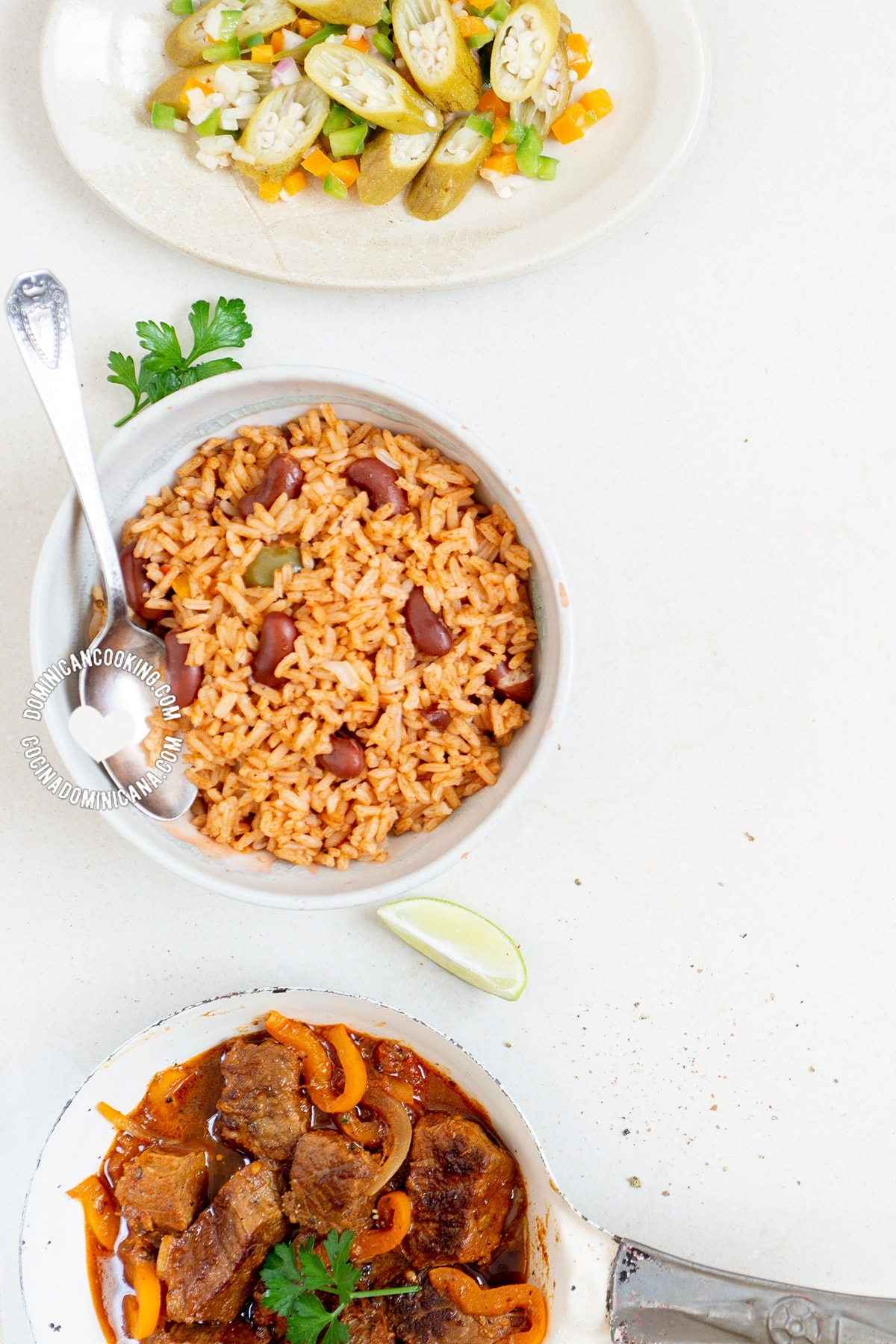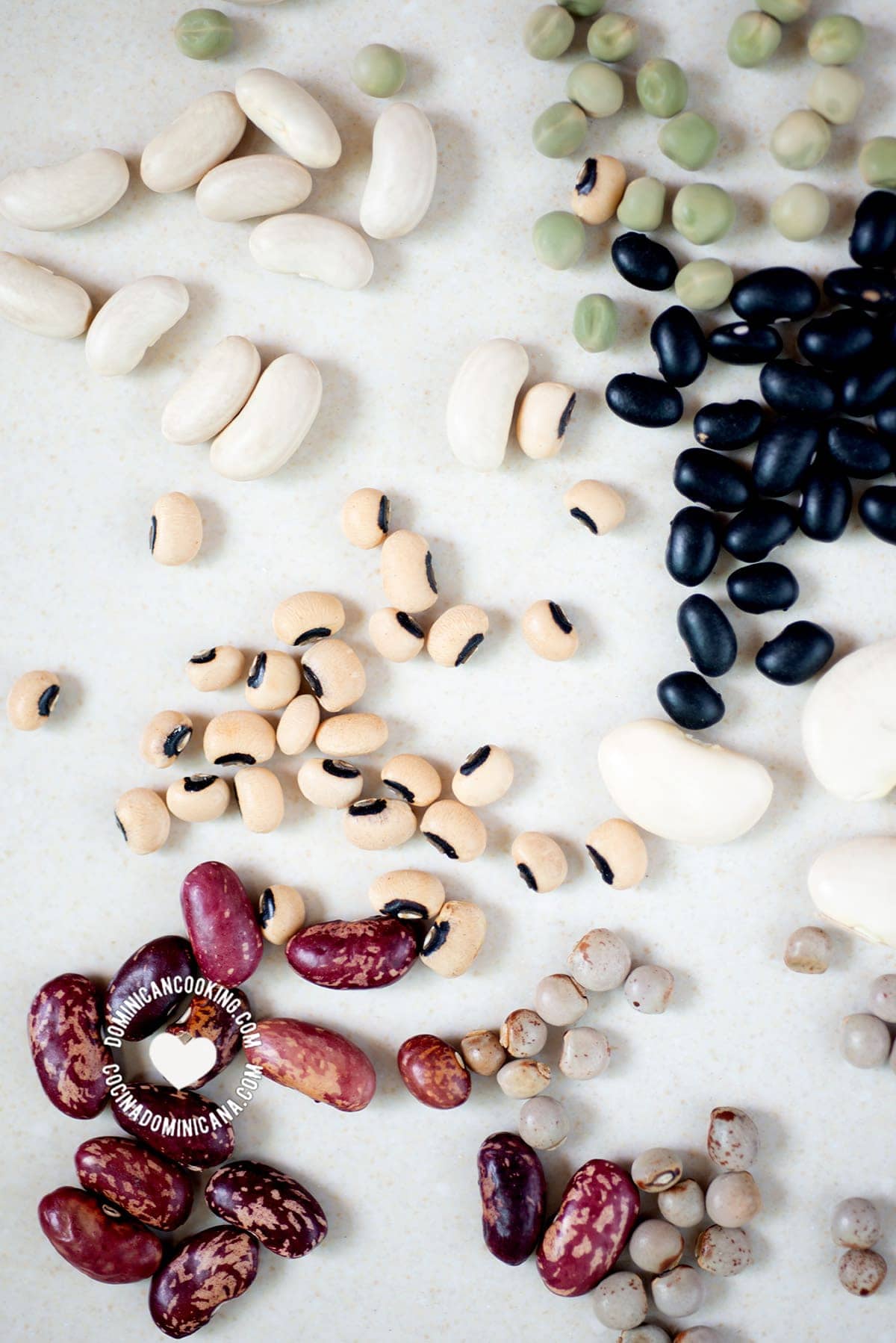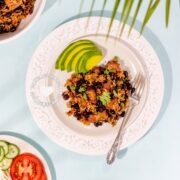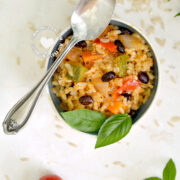Moro de Habichuelas (Dominican Rice and Beans) is one of the most common dishes on the Dominican table, and you can modify it by using other types of beans.
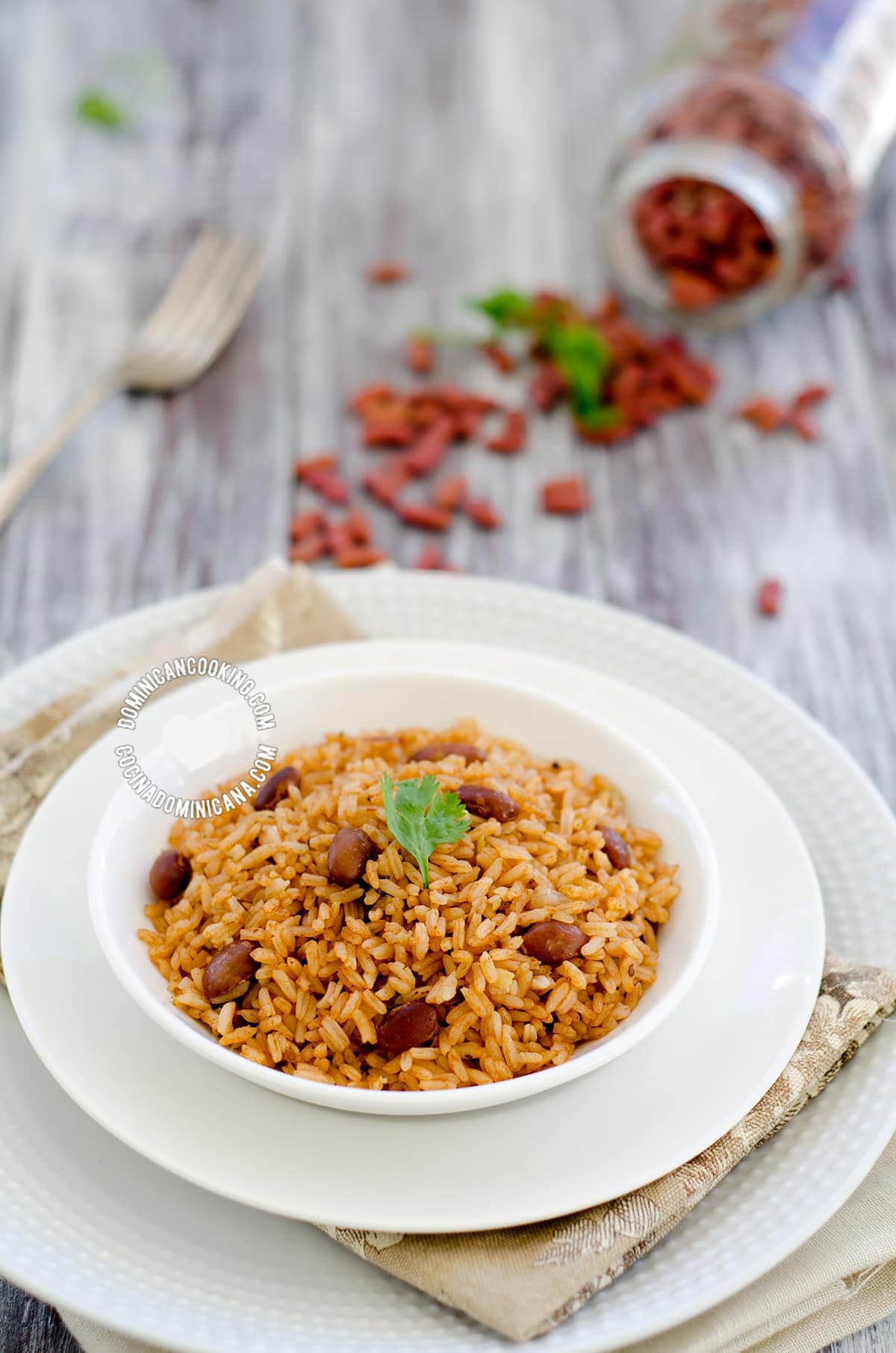
Why we ❤️ it
You are going to love this recipe for my family's moro, one of those dishes you have to learn if you are getting into our cuisine.
What is moro rice
Moro rice is a combination of rice and beans (or legumes) cooked in the same pot as one dish. Moro de habichuelas is the most popular one in our country.
Origin of arroz moro
Moro, both the concept and the dish exist all over Latin America, to which it came from Spain with the conquistadors. Moro recipes can be found from Ecuador to the Spanish Caribbean, and made in diverse ways depending on the country and region. Each country has its own flavor and combination of ingredients.
Take Cuba for example. The Cuban counterpart of this popular Dominican dish is called "moros y cristianos" or Moors (Muslims) and Christians (a reminder of pre-colonial attitudes), and it still is known with that name in Cuba. It was shortened to just moro in the Dominican Republic.
In Haiti, a very similar rice dish is known as "ris et pois", and is prepared with fewer ingredients than the Dominican version. In Jamaica, it is known as "rice and peas".
What beans to use
This recipe is a generic one that can be made with red beans, pinto, or cranberry beans (see our guide to habichuelas).
It can also be modified by using either black beans, fava beans, butter beans, navy beans, or guandules (pigeon peas). There's also a lesser-known version called Moro-Locrio which is made by adding meat to a moro dish.
Serving suggestions
This is a dish that goes perfect with any of our guisados (stewed meats, veggies, or seafood cooked in tomato sauce). The rich sauce is just perfect over a plate of moro. Try our Dominican pollo (chicken) guisado, res (beef) guisada, cerdo (pork) guisado, pescado (fish) guisado, and camarones (shrimp) guisado. For a vegan alternative, repollo (cabbage) guisado is fantastic.
Dominican moro rice
Moro is made by combining boiled beans, vegetables, herbs, and spices, and cooked with rice in the same pot. But the definition of moro rice is very specific, in our country not all pulses can be part of a moro.
Each household in the Dominican Republic probably has its own version of this combination of this Dominican yellow rice and beans recipe, but the general concept of how to make Dominican rice and beans remains the same.
White rice and beans cooked separately are part of our traditional lunch meal too.
About this recipe
The addition of thyme to this recipe is owed to the fact that this is a very common ingredient in bean dishes in the northwestern DR, where I hail from. Feel free to adapt this recipe to your and your family's taste. And we'd love to hear what's different in yours.
This recipe yields 6 servings, about 1½ cups of moro per person, which is traditionally what we would serve at home in the Dominican Republic.

Recipe
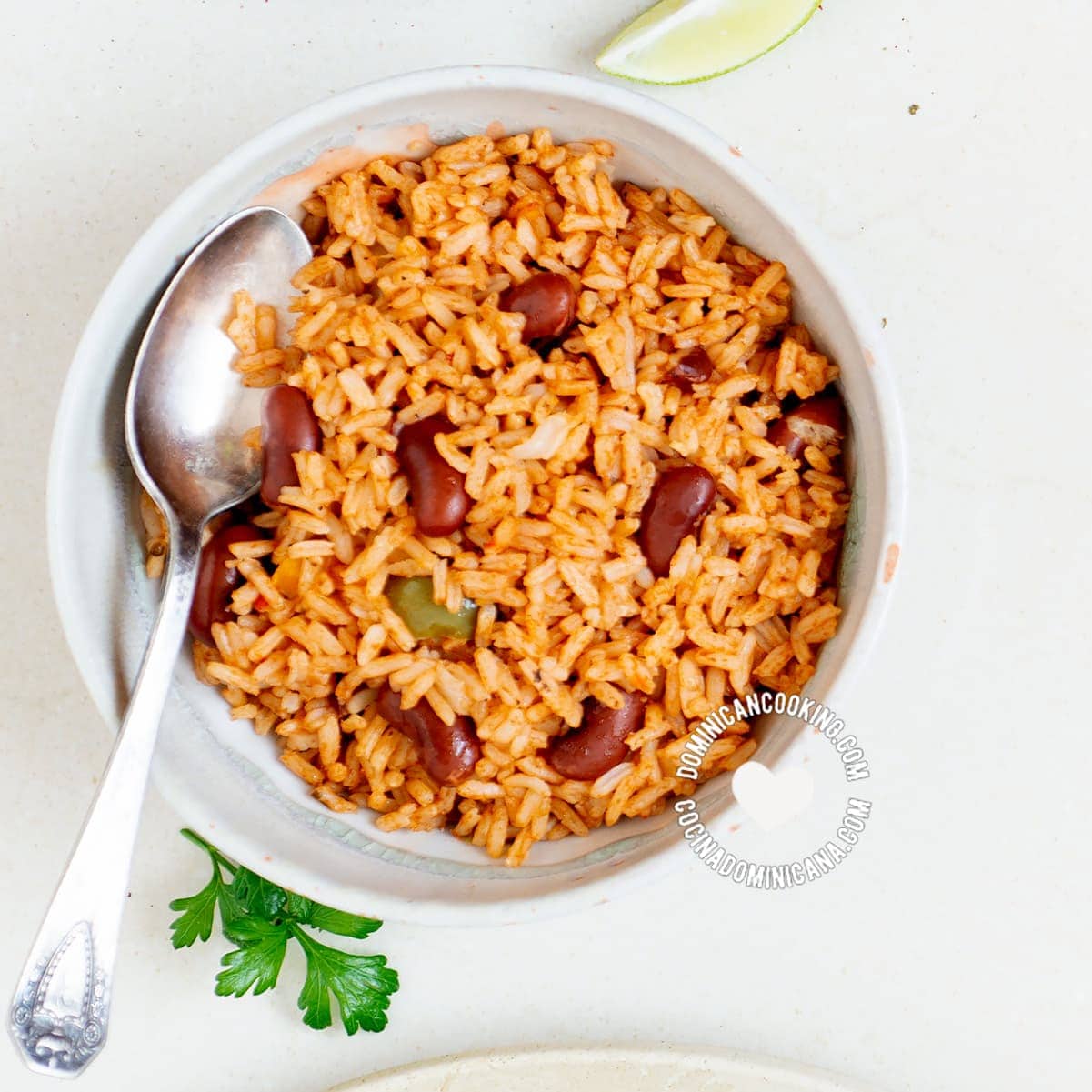
[Recipe + Video] Moro de Habichuelas (Dominican Rice with Beans)
Equipment
- 1 gal [4 liters]-cast aluminum or cast iron pot with tight-fitting lid
Ingredients
- 5 tablespoons vegetable oil, (I prefer olive oil) divided
- 1 tablespoon chopped cilantro
- 1 tablespoon mashed garlic
- ½ teaspoon dry thyme leaves, or a 3 sprigs of fresh thyme
- ¼ cup chopped celery
- ⅛ cup pitted green olives, sliced (optional)
- 1 teaspoon oregano (dry, ground)
- `1 cubanela (cubanelle pepper), diced (or green bell pepper)
- ⅛ cup capers, (optional)
- 2 tablespoons tomato sauce
- 2 cup boiled red kidney beans
- 2 teaspoons salt, (or more, to taste)
- 4 cup rice, long grain rice, Carolina
Instructions
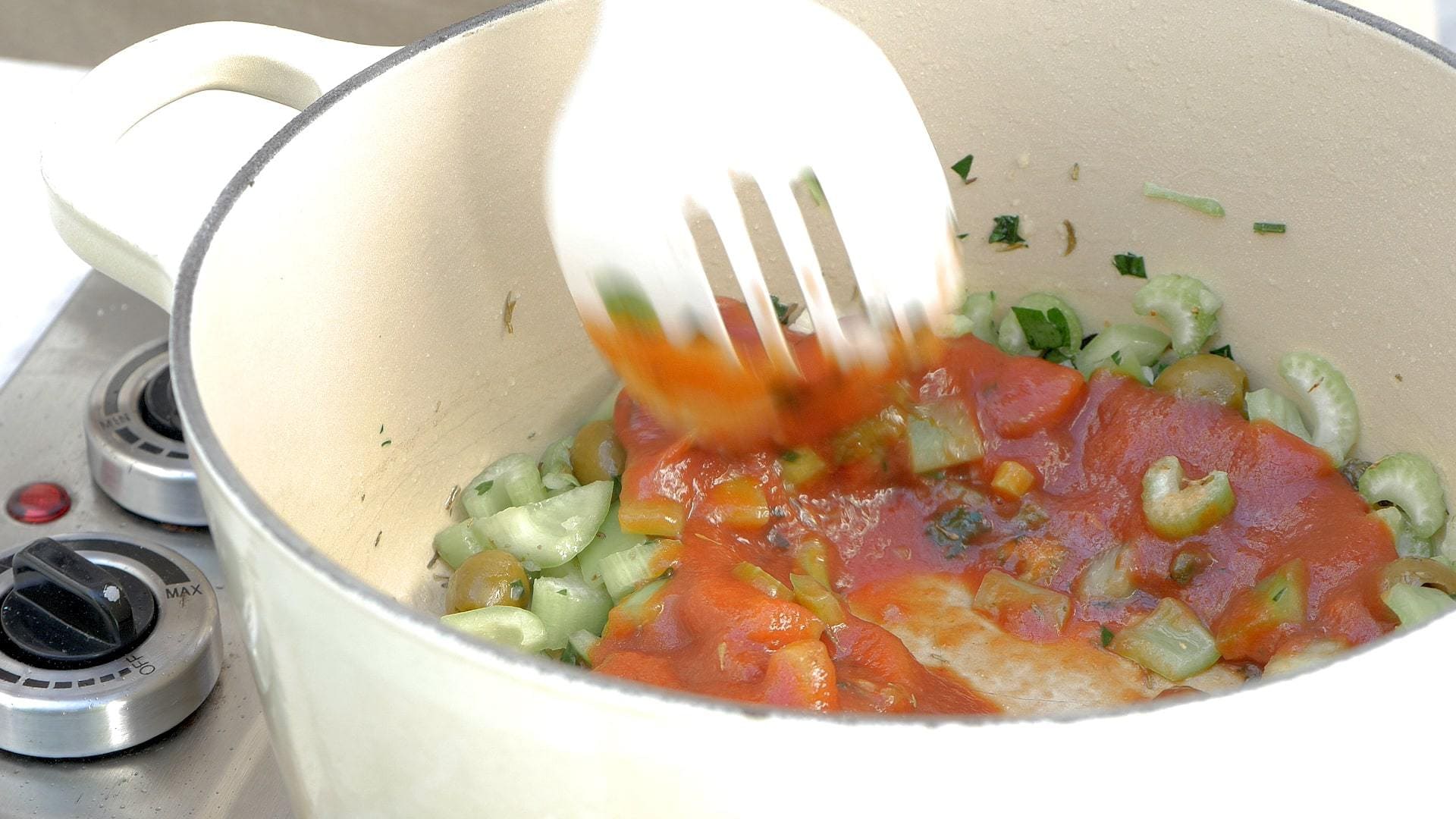 Sauteing seasonings: Heat half the oil (2.5 Tbsp) in an cast aluminum or cast iron pot over low heat and sauté cilantro, garlic, thyme, celery, olives, oregano, cubanela, capers. Cook and stir for a minute, or until the ingredients release their aroma. Stir in the tomato sauce. Add beans, also while stirring, and season with salt.
Sauteing seasonings: Heat half the oil (2.5 Tbsp) in an cast aluminum or cast iron pot over low heat and sauté cilantro, garlic, thyme, celery, olives, oregano, cubanela, capers. Cook and stir for a minute, or until the ingredients release their aroma. Stir in the tomato sauce. Add beans, also while stirring, and season with salt.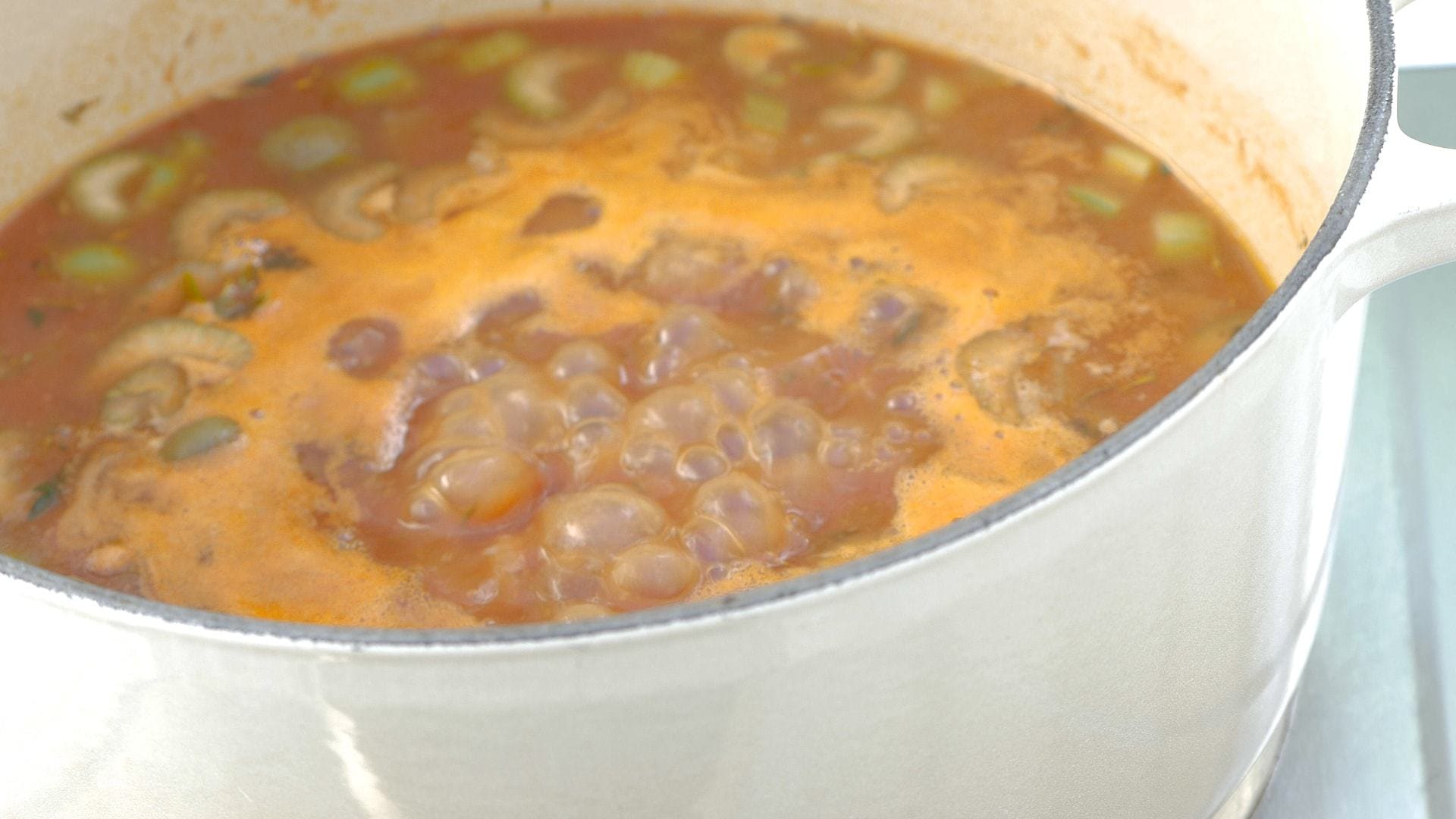 Adding water: Once heated through, add 5 cups of water and bring to the boil (try the mixture and add salt to taste before proceeding, bear in mind that the rice will absorb some of the salt, so don't low-ball it).
Adding water: Once heated through, add 5 cups of water and bring to the boil (try the mixture and add salt to taste before proceeding, bear in mind that the rice will absorb some of the salt, so don't low-ball it).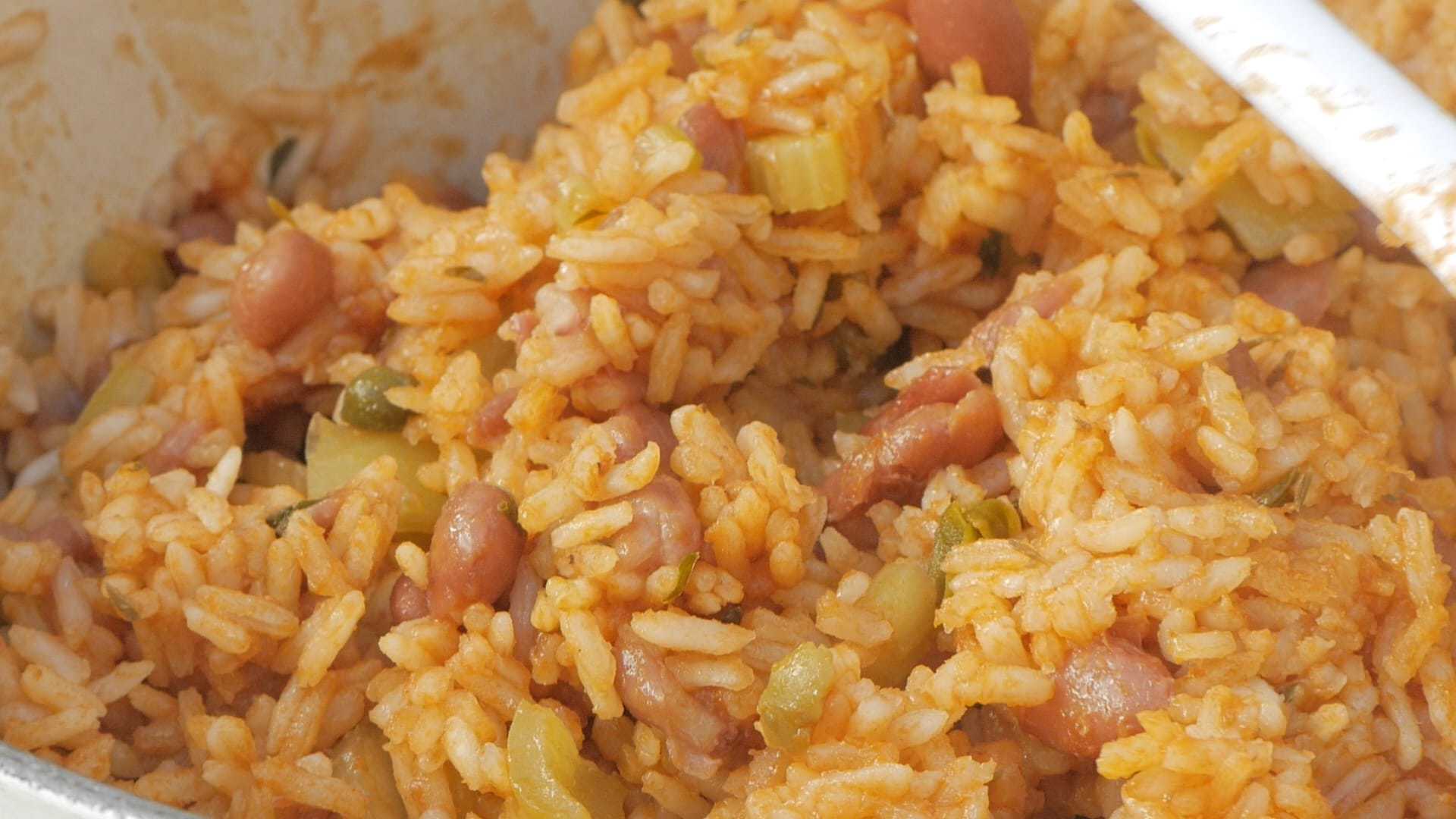 Cooking rice: Once the water reaches a rolling boil stir in the rice and simmer stirring frequently to avoid excessive sticking. Make sure to remove the rice that sticks to the bottom.When the water has evaporated cover with a tight-fitting lid and simmer over very low heat for 15 minutes. After the 15 minutes have passed uncover, drizzle the remaining oil, and stir.Cover again another 5 minutes. After this the rice should be firm but tender inside. If necessary, cover and leave another 5 minutes over very low heat (if at this point it looks too dry add ¼ cup of boiling water before stirring and covering.
Cooking rice: Once the water reaches a rolling boil stir in the rice and simmer stirring frequently to avoid excessive sticking. Make sure to remove the rice that sticks to the bottom.When the water has evaporated cover with a tight-fitting lid and simmer over very low heat for 15 minutes. After the 15 minutes have passed uncover, drizzle the remaining oil, and stir.Cover again another 5 minutes. After this the rice should be firm but tender inside. If necessary, cover and leave another 5 minutes over very low heat (if at this point it looks too dry add ¼ cup of boiling water before stirring and covering.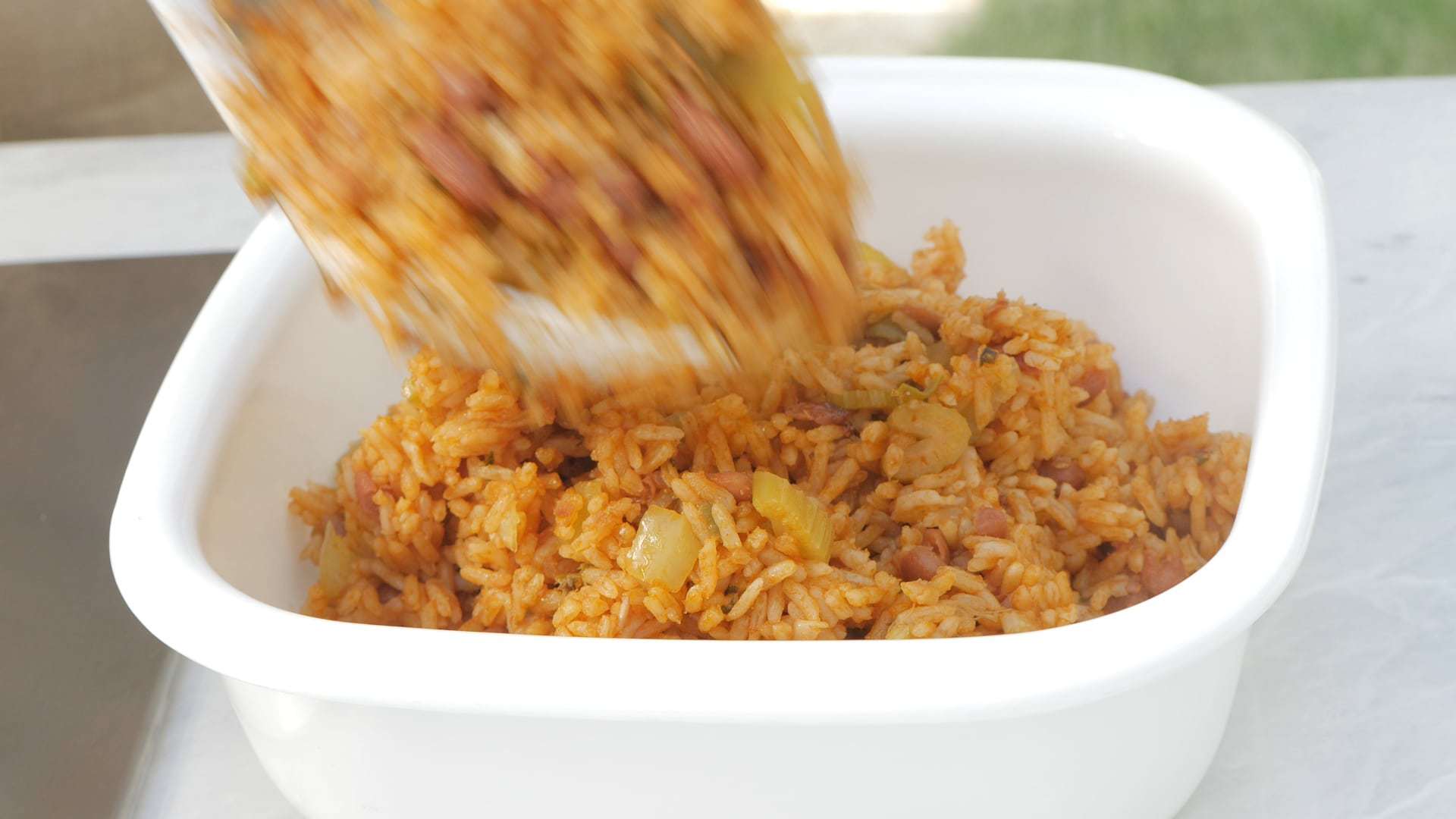 Serving: Serve with meat, (or seafood), a side dish, and salad (see notes).
Serving: Serve with meat, (or seafood), a side dish, and salad (see notes).
Video
Tips and Notes
Nutrition
Nutritional information is calculated automatically based on ingredients listed. Please consult your doctor if you need precise nutritional information.


